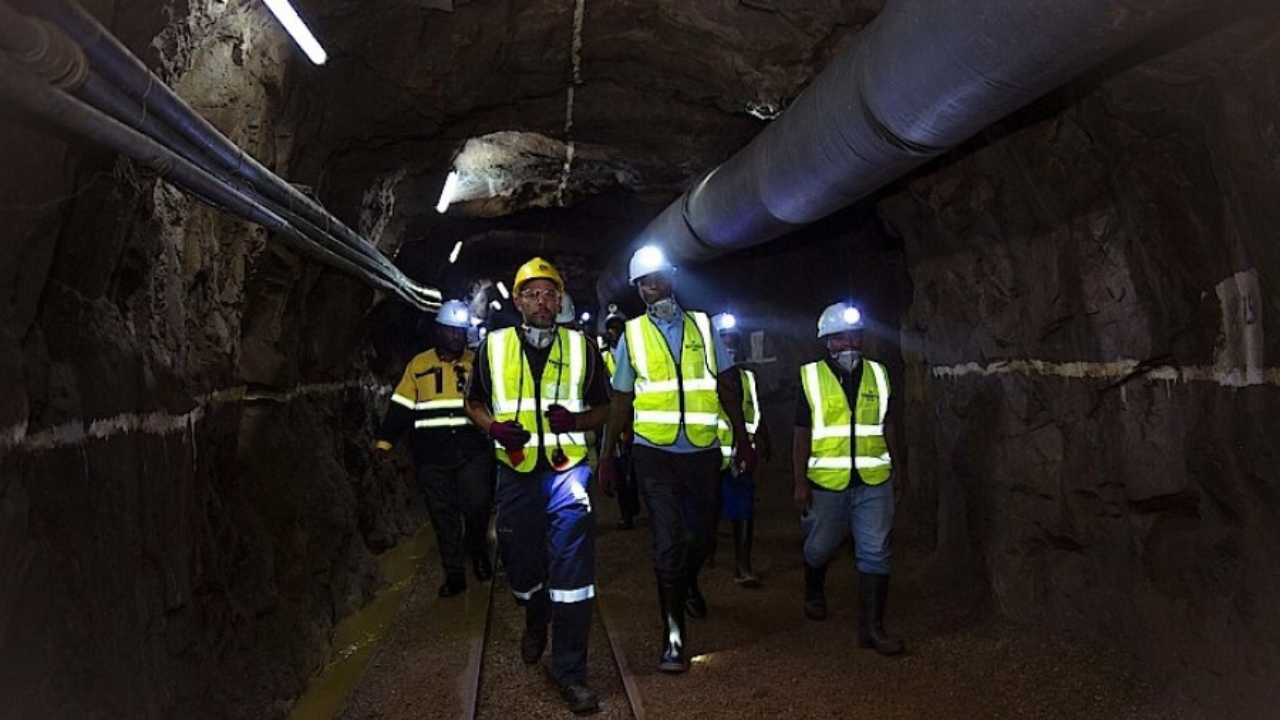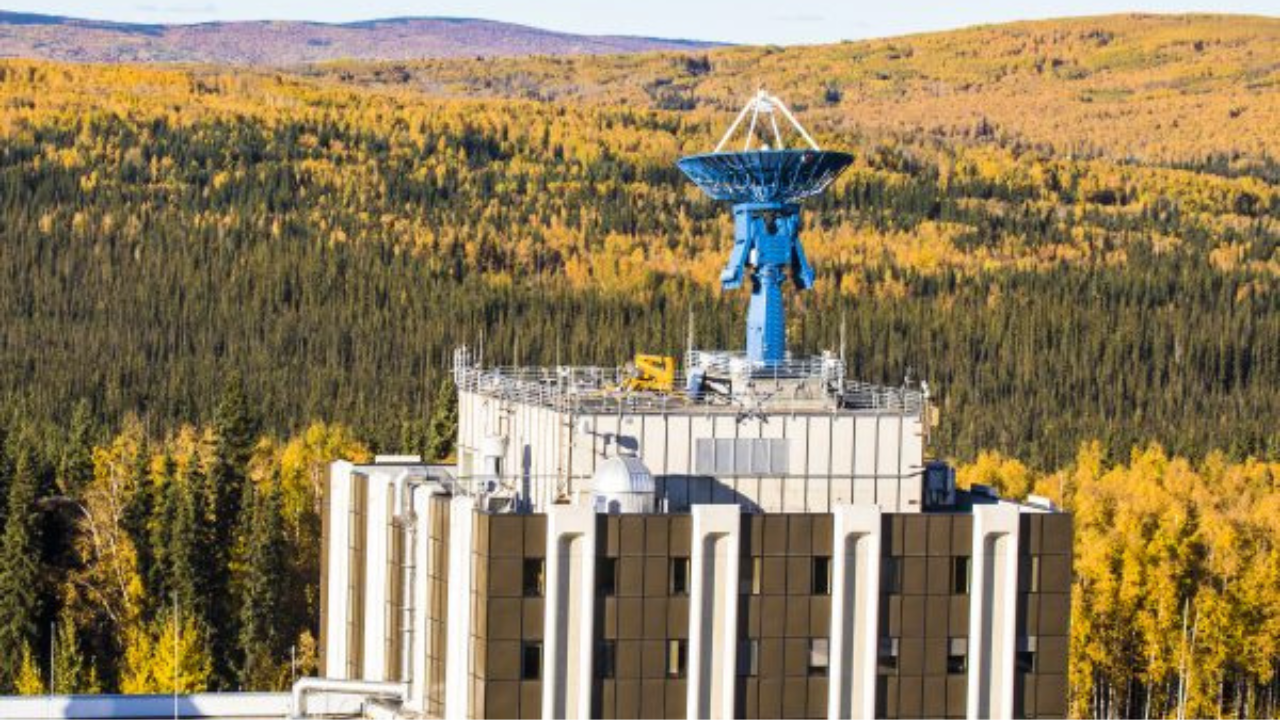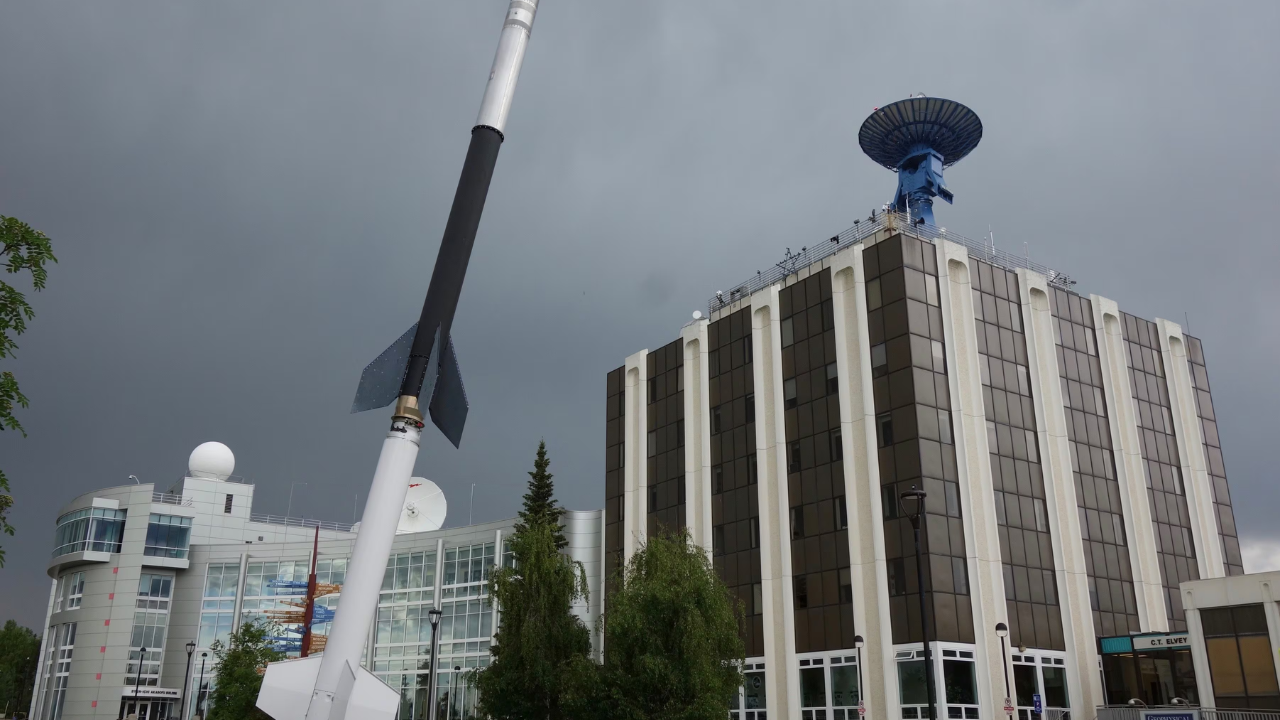The University of Alaska Fairbanks (UAF) Geophysical Institute stands as a beacon of scientific excellence, innovation, and community service in the heart of Alaska. Since its establishment in 1946, the institute has played a pivotal role in advancing our understanding of the Earth’s physical processes, while simultaneously addressing the unique challenges faced by Alaska and the Arctic region. From groundbreaking research in geophysics to its contributions to education, industry, and policy-making, the Geophysical Institute has become an indispensable asset to the state and the global scientific community. This article delves into the multifaceted role of the UAF Geophysical Institute, exploring its impact on Alaska’s environment, economy, and society.
A Legacy of Scientific Excellence
The UAF Geophysical Institute was founded with a mission to study the geophysical phenomena unique to Alaska and the polar regions. Over the decades, it has grown into one of the world’s leading research institutions in geophysics, seismology, volcanology, space physics, and climate science. Its location in Fairbanks, Alaska, provides unparalleled access to some of the most dynamic and extreme environments on Earth, making it an ideal hub for studying natural processes.
The institute’s research spans a wide range of disciplines, including:
- Seismology and Earthquake Studies: Alaska is one of the most seismically active regions in the world, experiencing thousands of earthquakes each year. The Geophysical Institute operates the Alaska Earthquake Center, which monitors seismic activity and provides critical data for earthquake preparedness and response. This research not only enhances our understanding of tectonic processes but also helps mitigate risks to communities and infrastructure.
- Volcanology: Alaska is home to over 130 volcanoes, many of which are active. The institute’s Alaska Volcano Observatory (AVO) monitors volcanic activity, providing early warnings to protect air travel, local communities, and ecosystems. The AVO’s work is vital, as volcanic ash clouds pose significant hazards to aircraft and can disrupt global air traffic.
- Space Physics and Aurora Research: The Geophysical Institute is world-renowned for its research on the aurora borealis (northern lights). Its Poker Flat Research Range, the largest land-based rocket range in the world, supports space physics experiments and satellite launches. This research not only advances our understanding of Earth’s upper atmosphere but also contributes to global space exploration efforts.
- Climate and Cryosphere Studies: Alaska’s rapidly changing climate has far-reaching implications for the planet. The institute’s researchers study glaciers, permafrost, and sea ice to understand the impacts of climate change. This work is critical for predicting future environmental changes and informing policy decisions.
Driving Alaska’s Economy and Industry
The Geophysical Institute’s contributions extend far beyond academia. Its research and innovations have a direct impact on Alaska’s economy and industries, particularly in sectors such as energy, transportation, and natural resource management.
- Energy Exploration and Development: Alaska’s vast energy resources, including oil, gas, and renewable energy, are a cornerstone of its economy. The institute’s expertise in geophysics and geology supports responsible energy exploration and development. For example, its research on permafrost dynamics helps ensure the stability of infrastructure in energy-rich regions.
- Aviation Safety: Alaska’s rugged terrain and harsh weather conditions make aviation a lifeline for many communities. The institute’s work on volcanic ash monitoring and weather forecasting enhances aviation safety, reducing risks for pilots and passengers alike.
- Natural Resource Management: Alaska’s natural resources, including fisheries, forests, and minerals, are vital to its economy. The institute’s research on ecosystems, climate change, and environmental monitoring supports sustainable resource management practices.
- Technology and Innovation: The Geophysical Institute is a hub for technological innovation, developing cutting-edge tools and techniques for geophysical research. These innovations often have commercial applications, creating opportunities for Alaska’s tech industry.
Education and Workforce Development
The UAF Geophysical Institute is deeply committed to education and workforce development, ensuring that Alaska’s residents have the skills and knowledge needed to thrive in a rapidly changing world.
- Student Training and Research Opportunities: The institute provides hands-on research opportunities for UAF students, fostering the next generation of scientists and engineers. Students work alongside leading researchers on projects ranging from earthquake monitoring to space physics, gaining valuable experience and skills.
- Outreach and Public Engagement: The institute is dedicated to sharing its knowledge with the public. Through programs like the Alaska Summer Research Academy and public lectures, it inspires curiosity and interest in science among Alaskans of all ages.
- Collaboration with Indigenous Communities: The institute collaborates with Alaska Native communities to incorporate traditional knowledge into scientific research. This partnership not only enriches the research but also ensures that it is relevant and beneficial to local communities.
- Workforce Development: By training students and professionals in geophysics and related fields, the institute helps build a skilled workforce that supports Alaska’s economy and industries.
Addressing Global Challenges
The UAF Geophysical Institute’s work has global significance, particularly in the context of climate change and sustainable development. Its research on Arctic and sub-Arctic environments provides critical insights into the impacts of climate change, which are felt most acutely in polar regions. This research informs international efforts to mitigate and adapt to climate change, making the institute a key player in global environmental policy.
- Climate Change Research: The institute’s studies on glaciers, permafrost, and sea ice contribute to our understanding of climate change and its impacts. This research is essential for developing strategies to address rising sea levels, changing ecosystems, and other climate-related challenges.
- International Collaboration: The institute collaborates with researchers and institutions around the world, sharing knowledge and resources to tackle global issues. Its work on space physics, for example, contributes to international efforts to understand Earth’s magnetosphere and its interactions with the solar wind.
- Policy and Decision-Making: The institute’s research provides a scientific basis for policy decisions at local, national, and international levels. Its data and expertise are used by governments, organizations, and communities to make informed decisions about resource management, disaster preparedness, and environmental protection.
A Pillar of Alaska’s Community
Beyond its scientific and economic contributions, the UAF Geophysical Institute is a pillar of Alaska’s community. Its commitment to public service, education, and collaboration has earned it the trust and respect of Alaskans.
- Disaster Preparedness and Response: The institute’s work on earthquakes, volcanoes, and extreme weather events helps protect Alaskans from natural disasters. Its early warning systems and hazard assessments save lives and reduce economic losses.
- Cultural and Educational Enrichment: Through public lectures, exhibits, and outreach programs, the institute enriches Alaska’s cultural and educational landscape. Its efforts to engage with schools and communities foster a deeper appreciation for science and its role in society.
- Support for Local Communities: The institute’s research often addresses issues directly affecting Alaskan communities, such as coastal erosion, permafrost thaw, and resource management. By working closely with local stakeholders, it ensures that its research is relevant and beneficial to the people of Alaska.
Conclusion
The University of Alaska Fairbanks Geophysical Institute is more than just a research institution; it is a cornerstone of Alaska’s identity and future. Its groundbreaking research, commitment to education, and dedication to public service have made it an indispensable asset to the state and the world. As Alaska continues to face the challenges of a changing climate, evolving economy, and growing population, the Geophysical Institute will remain at the forefront of efforts to build a sustainable and prosperous future. For Alaskans, the institute is not just a source of pride but a vital partner in shaping the state’s destiny.
-

Did You Know That University of Alaska Locations Provide World-Class Experiences for Tourists, Visitors, and Locals Alike?
-

Did You Know All Three of Our Universities Have Been Recognized as Military Friendly Schools?
-

Did You Know? Dual Enrollment Programs Are Attracting and Retaining More Alaska Students into the University of Alaska System
-

Did You Know? A University of Alaska Southeast Graduate Is Bringing Nature into the Classroom with Place-Based Training
-

Did You Know? The University of Alaska System’s Role in Rare Earth Minerals and Mining Workforce Development
-

Bridging Classroom and Career: The University of Alaska Southeast Accounting Program’s Internship Advantage
-

Desiré Shepler: A Beacon of Public Health Leadership in Alaska’s Behavioral Health Landscape
-

A Beacon of Culture: A University of Alaska Anchorage Alumna Leads the Alaska Native Heritage Center
-

Empowering Dreams: How the UA Foundation Supported Over 1,550 Students Through Scholarships Last Year
-

The University of Alaska System: Pioneering the Future of Rare Earth Minerals and Workforce Development
-

Did You Know? Dual Enrollment Programs Are Attracting and Retaining More Alaska Students into the University of Alaska System
-

Did You Know? A University of Alaska Southeast Graduate Is Bringing Nature into the Classroom with Place-Based Training
-

Did You Know? The University of Alaska System’s Role in Rare Earth Minerals and Mining Workforce Development
-

Bridging Classroom and Career: The University of Alaska Southeast Accounting Program’s Internship Advantage
-

Desiré Shepler: A Beacon of Public Health Leadership in Alaska’s Behavioral Health Landscape
-

A Beacon of Culture: A University of Alaska Anchorage Alumna Leads the Alaska Native Heritage Center
-

Empowering Dreams: How the UA Foundation Supported Over 1,550 Students Through Scholarships Last Year
-

The University of Alaska System: Pioneering the Future of Rare Earth Minerals and Workforce Development
-

The University of Alaska Fairbanks Geophysical Institute: A Global Leader in Nuclear Monitoring and Detection
-

The Vital Role of the University of Alaska Fairbanks Geophysical Institute in Shaping Alaska’s Future
